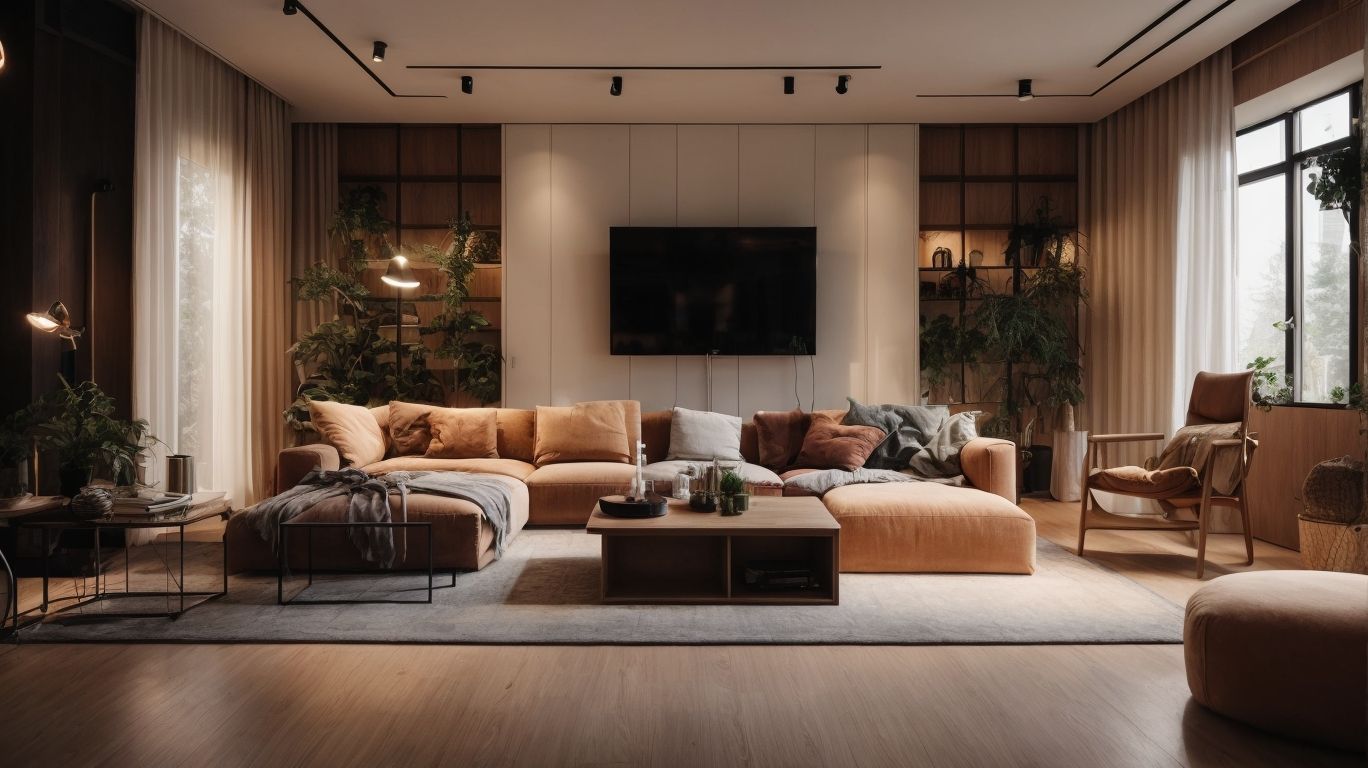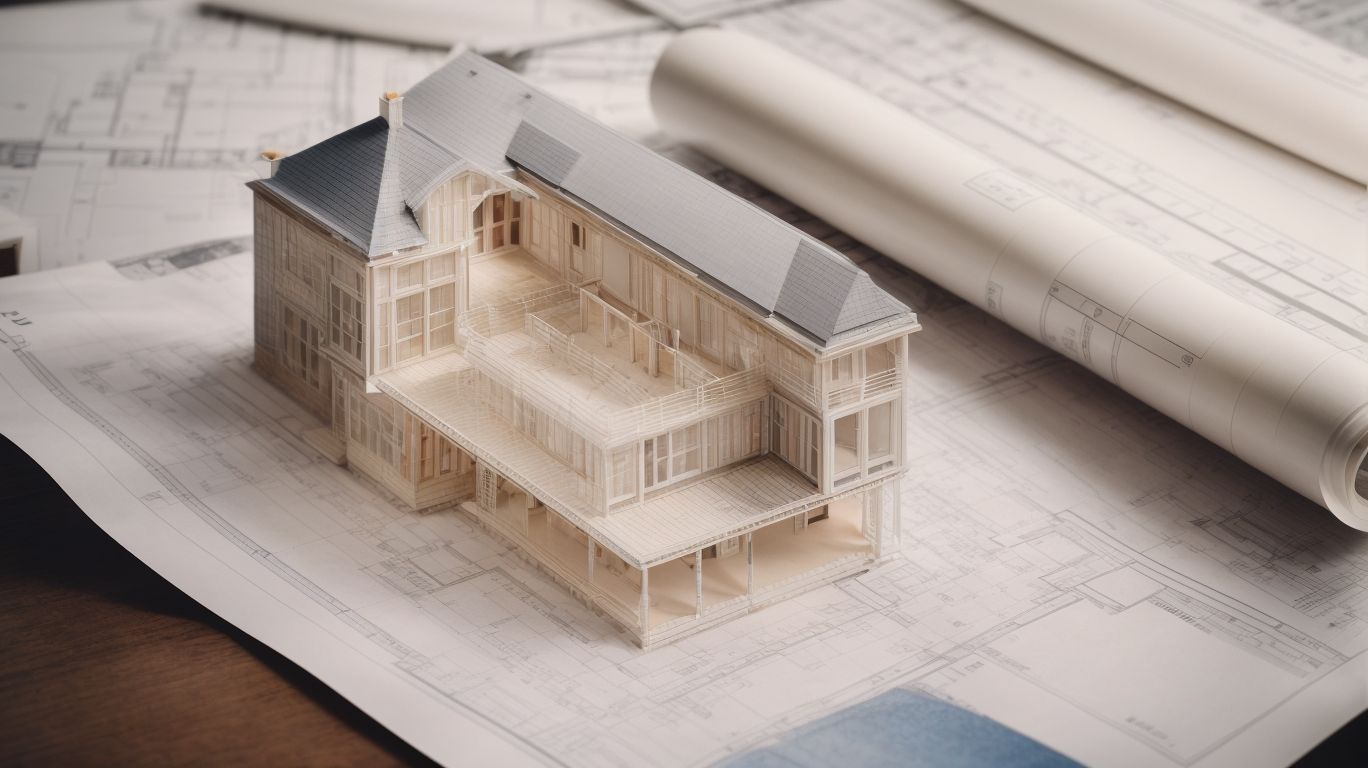
Comfort-Driven Design in Home Remodeling: Thermal and Acoustic Aspects
In the realm of home remodeling, the concept of comfort-driven design has taken center stage, emphasizing the importance of creating living spaces that prioritize the well-being and satisfaction of those who inhabit them. This article delves into the critical elements of comfort-driven design, with a specific focus on the thermal and acoustic aspects that are integral to achieving an optimal sense of comfort within the home environment.
By exploring the benefits, considerations, and practical applications of comfort-driven design, readers will gain valuable insights into how factors such as insulation, ventilation, soundproofing, natural lighting, materials, finishes, and smart home technology can significantly enhance the overall comfort and livability of a remodeled space. Whether you are a homeowner considering a renovation project or a design professional seeking to elevate the comfort quotient in your work, this comprehensive exploration of comfort-driven design in home remodeling promises to offer valuable perspectives and actionable recommendations.
What is Comfort-Driven Design in Home Remodeling?
Comfort-driven design in home remodeling focuses on creating living spaces that prioritize the well-being and satisfaction of residents through thoughtful architectural and interior design choices.
This design approach takes into account the ergonomics of furniture, lighting, and spatial layout to create a harmonious environment. By incorporating soft textures, natural materials, and soothing color palettes, a comforting ambiance is established throughout the living space. Ultimately, the goal is to enhance the overall quality of life for the occupants, promoting relaxation, tranquility, and a sense of well-being within the home.
Why is Comfort-Driven Design Important in Home Remodeling?
Comfort-driven design plays a crucial role in home remodeling as it directly impacts the comfort level, aesthetics, functionality, and sustainability of the living environment.
By prioritizing comfort-driven design principles, homeowners can create spaces that not only look visually appealing but also promote a sense of relaxation and well-being. Integrating ergonomic furniture, natural lighting, and efficient insulation can significantly enhance the overall ambiance. Such design choices can increase the property value by making the home more attractive to potential buyers, emphasizing the importance of combining aesthetics with functionality in the remodeling process.
What are the Benefits of Comfort-Driven Design?
Comfort-driven design in home remodeling offers a multitude of benefits such as improved sustainability, energy efficiency, and elevated comfort standards, contributing to overall home improvement and resident satisfaction.
This approach not only enhances the aesthetic appeal of the living spaces but also promotes a healthier indoor environment by optimizing natural light and ventilation. By incorporating sustainable materials and energy-efficient systems, homeowners can reduce their carbon footprint while enjoying lower utility costs.
The thoughtful arrangement of furniture and spatial organization can create a more serene and functional living space, further elevating the overall comfort and livability of the home.
What are the Thermal Aspects of Comfort-Driven Design?
The thermal aspects of comfort-driven design encompass the utilization of insulation, energy-efficient construction techniques, and materials to regulate temperature control and comply with building codes.
This approach is crucial in creating spaces that are not only aesthetically pleasing but also functionally comfortable, as it directly impacts occupants’ well-being. Efficient insulation and construction practices prevent heat loss or gain, ensuring stable indoor temperatures. Energy-efficient design reduces reliance on external sources, promoting sustainability.
Over time, advancements in building materials and renovation techniques have provided innovative solutions to enhance thermal performance, making it possible to achieve optimal comfort while minimizing energy consumption.
How Can Insulation Improve Thermal Comfort?
Insulation plays a pivotal role in improving thermal comfort as it optimizes building science, utilizes effective construction materials, and enhances building envelopes to minimize heat transfer and maintain a comfortable indoor environment.
By effectively reducing heat flow, insulation helps in controlling the temperature indoors, reducing the reliance on heating and cooling systems. This not only leads to energy savings but also contributes to a more sustainable and eco-friendly approach to building design.
Proper insulation can minimize moisture accumulation, preventing mold and mildew growth, and improving indoor air quality. The strategic use of insulation is essential for creating energy-efficient and comfortable living and working environments.
What Role Does Ventilation Play in Thermal Comfort?
Ventilation significantly contributes to thermal comfort by regulating the indoor climate, enhancing energy performance, and ensuring a well-balanced and comfortable living environment.
It creates a continuous flow of fresh air while expelling stale air, controlling humidity levels, and reducing the accumulation of indoor air pollutants. Proper ventilation helps in preventing the build-up of unwanted odors and moisture, which can lead to mold and mildew growth. By maintaining a consistent indoor temperature and air quality, ventilation also plays a crucial role in improving energy efficiency and reducing the reliance on mechanical heating and cooling systems.
What are the Acoustic Aspects of Comfort-Driven Design?
The acoustic aspects of comfort-driven design focus on noise reduction, soundproofing techniques, and acoustical design to enhance the overall acoustic performance and tranquility within living spaces.
These design principles are crucial for creating environments that offer a peaceful and calming atmosphere while minimizing the intrusion of external noise. A well-designed acoustical environment can significantly improve the quality of life by reducing stress and enhancing relaxation. By employing sound-absorbing materials, strategic placement of furniture, and thoughtful architectural elements, designers can create spaces that promote comfort and wellness.
Attention to acoustical design principles ensures that the indoor environment maintains a balanced and pleasant sound environment, contributing to a harmonious and enjoyable living experience.
How Can Soundproofing Enhance Acoustic Comfort?
Soundproofing techniques play a crucial role in enhancing acoustic comfort by utilizing innovative building technology and noise insulation solutions to minimize external disturbances and create a tranquil living environment.
This approach not only prevents unwanted noise from entering a space but also ensures that internal sounds are retained within the premises, contributing to a peaceful atmosphere. The utilization of sound-absorbing materials, strategic placement of walls and windows, and effective insulation methods significantly reduce reverberation and echoes, fostering an optimal auditory experience. The integration of soundproofing measures in residential as well as commercial settings elevates the overall ambiance, promoting productivity, relaxation, and a sense of privacy for occupants. Such advancements in acoustic comfort have become increasingly important in the modern urban landscape, with the need for peaceful and undisturbed living spaces.
What Impact Does Noise Reduction Have on Overall Comfort?
Effective noise reduction significantly contributes to the overall comfort by optimizing indoor acoustics, prioritizing architectural design, and improving building performance to create a serene and comfortable living space.
It is well-known that excessive noise can have a detrimental impact on our well-being and overall comfort. By implementing noise reduction measures, such as sound-absorbing materials and strategic architectural layouts, the indoor environment becomes more conducive to relaxation and concentration. Integrating effective noise reduction also enhances the building’s performance, making it more energy-efficient and sustainable. This comprehensive approach ensures that the occupants experience a tranquil and comfortable living environment.
What Factors Should Be Considered in Comfort-Driven Design?
Several factors should be considered in comfort-driven design, including:
- The impact of natural lighting
- The selection of materials and finishes
- The integration of smart home technology
- Comprehensive comfort planning to optimize building functionality
Natural lighting plays a crucial role in creating a comfortable ambiance by maximizing daylight and minimizing glare. The careful selection of materials and finishes, such as textiles and ergonomic furniture, contributes to a cozy and inviting atmosphere. Smart home technology, like temperature and lighting control systems, further enhances comfort and convenience. Comprehensive comfort planning ensures that the layout and flow of spaces prioritize the well-being of occupants, reflecting a harmonious balance between functionality and design aesthetics.
How Does Natural Lighting Affect Comfort?
Natural lighting significantly enhances comfort by creating an inviting indoor environment, accentuating aesthetics, and utilizing innovative building technology to optimize the overall living experience.
The presence of natural light within a space can profoundly affect the mood of individuals, positively influencing mental and emotional well-being. The soft, warm glow of natural sunlight can also improve the visual appeal of interior spaces, creating an ambiance that is both welcoming and soothing.
The strategic integration of natural lighting can contribute to energy efficiency and sustainability, reducing the reliance on artificial lighting and lowering utility costs. The impact of natural lighting extends beyond mere aesthetics, playing a key role in promoting a healthy and harmonious living environment.
What Role Do Materials and Finishes Play in Comfort?
The selection of materials and finishes significantly influences comfort by enhancing building efficiency, leveraging effective construction practices, and integrating thoughtful design elements to create a harmonious and comfortable living environment.
Materials play a crucial role in ensuring the thermal performance, durability, and overall sustainability of a building, impacting factors such as insulation, acoustics, and energy conservation. Finishes, on the other hand, contribute to the aesthetic appeal, functionality, and tactile experience within a space, shaping the ambiance and style.
A well-planned selection of materials and finishes not only adds comfort but also aligns with construction guidelines and best practices, ensuring that the building is efficient, durable, and visually appealing.
How Can Smart Home Technology Enhance Comfort?
Integrating smart home technology enhances comfort by incorporating sustainable materials, offering innovative home comfort solutions, and optimizing building systems to create a technologically advanced and comfortable living space.
This integration allows for the implementation of eco-friendly and energy-efficient materials, which contribute to a more sustainable and healthier living environment. Smart home technology also provides seamless control over heating, cooling, and lighting, allowing for personalized comfort and energy savings. The integration of building systems such as smart thermostats and automated shading further enhances the overall comfort and convenience, elevating the living experience for homeowners.
What Are Some Examples of Comfort-Driven Design in Home Remodeling?
Several examples illustrate comfort-driven design in home remodeling, such as the integration of architectural elements, the utilization of innovative construction methods, and the adoption of advanced building technology to enhance overall living comfort.
These may include the incorporation of expansive windows to maximize natural light and ventilation, the use of energy-efficient insulation materials for temperature control, and the implementation of open floor plans to create a sense of spaciousness and ease of movement.
In addition, features like built-in storage solutions, ergonomic furniture layouts, and smart home automation systems all contribute to a more comfortable and convenient living environment.




No Comments